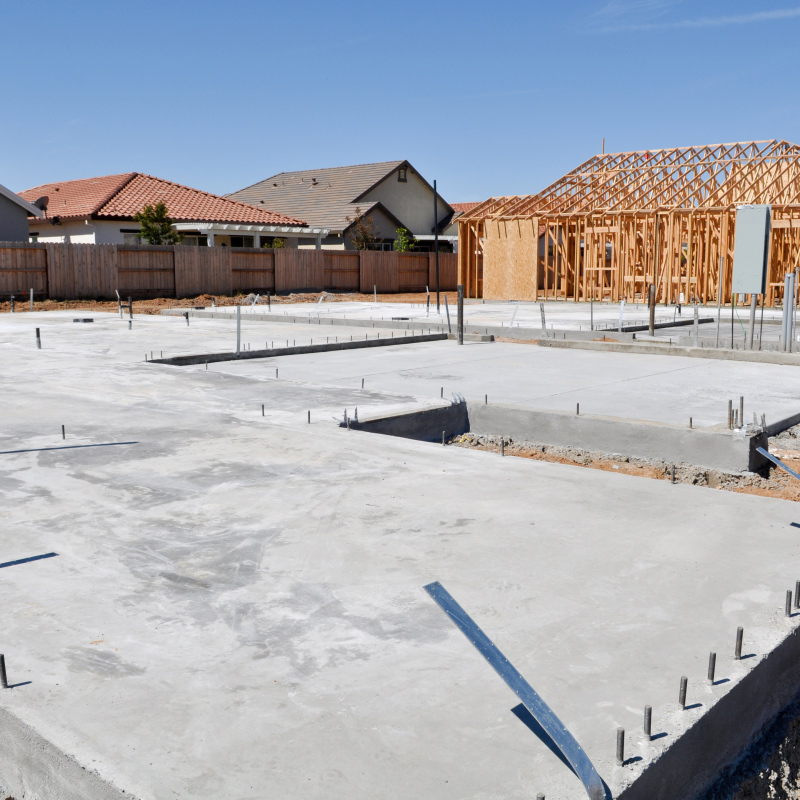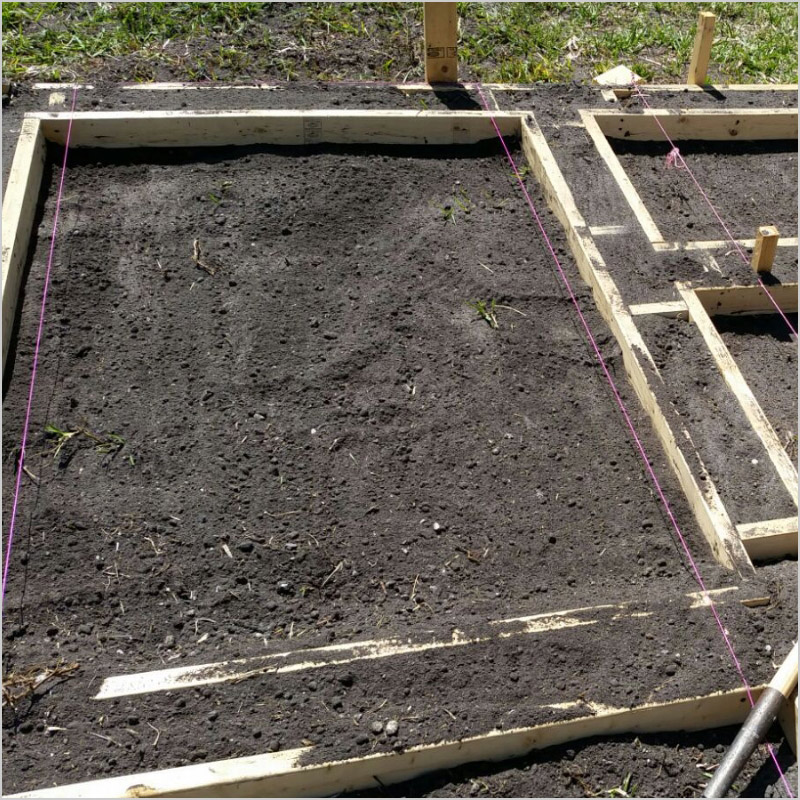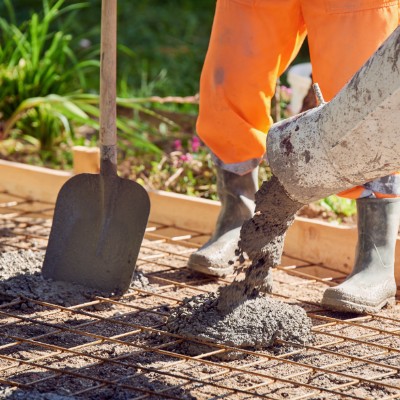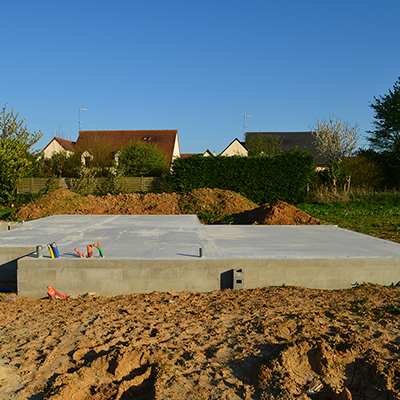7 Ways to Repair Foundations
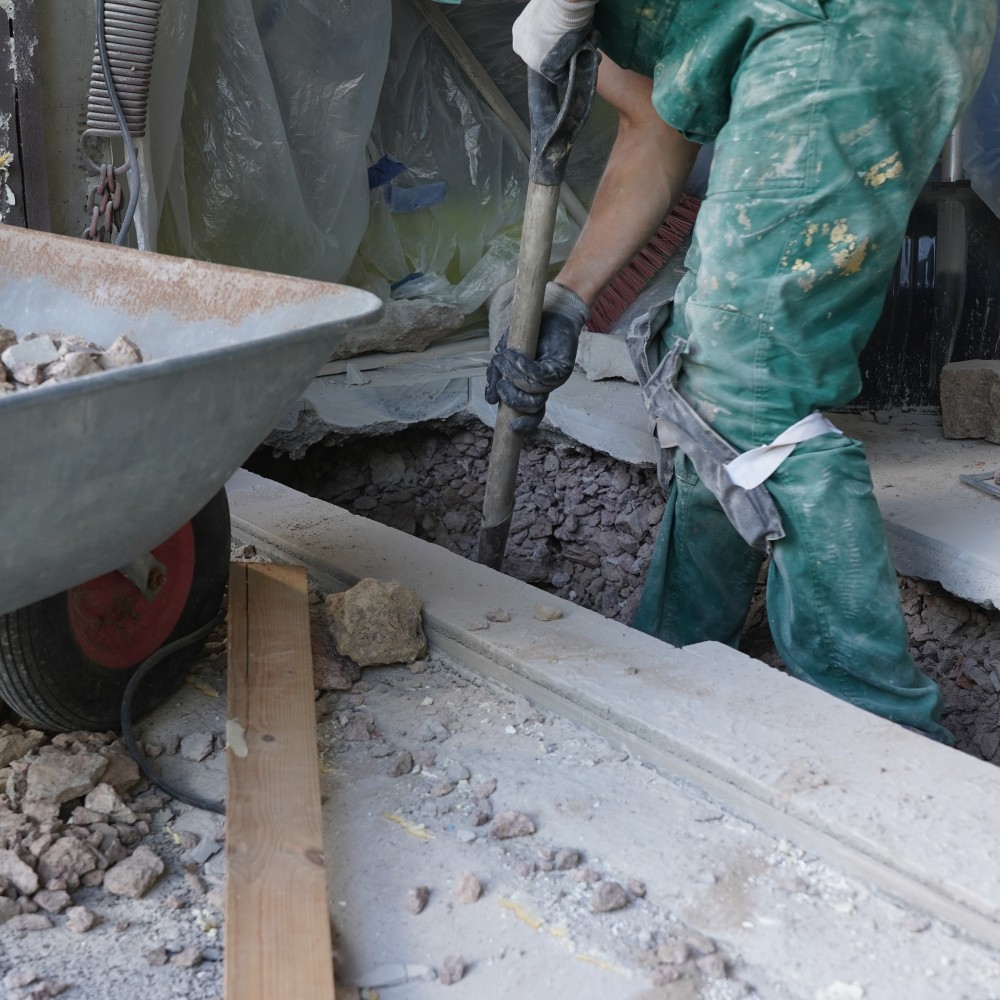
Last updated August 12, 2024
Home and building foundations can sustain different types of damage over time. Use the right repair method to quickly fix different kinds of damage. While many of them require subcontractors or specialists, some can be completed in-house. This guide reviews seven of the most common foundation repair methods and their costs.
Difficulty:
Advanced
Duration:
Over 1 day
Table of Contents
Steel Piering
Concrete Piering
Helical Piering
Spot Piers
Polyurethane Foam Jacking
Mudjacking
Steel Piering
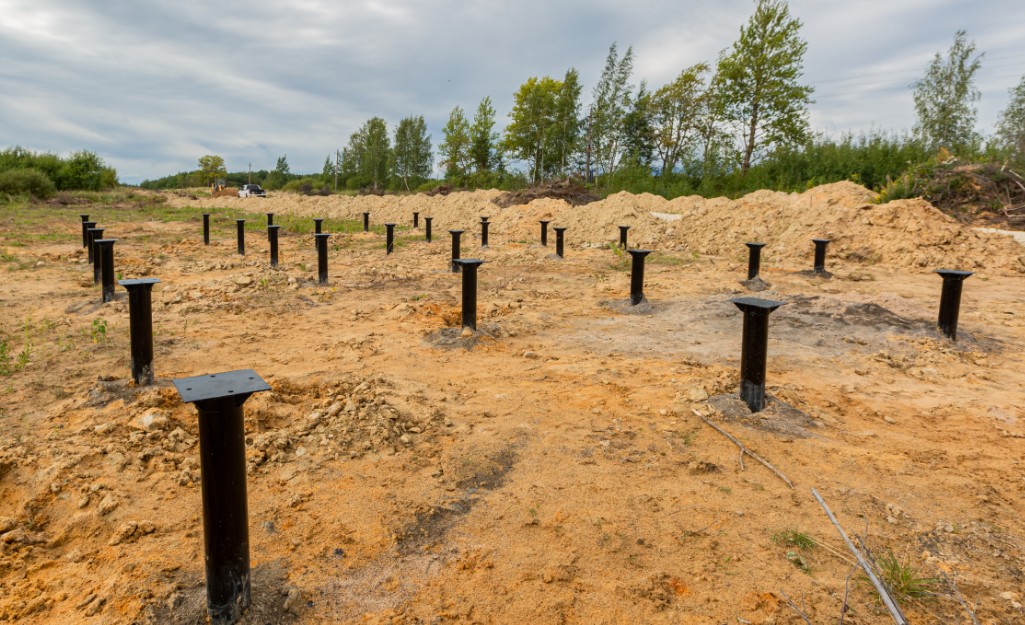
Steel piering, or push piering, is the process installing steel piles underneath a foundation to correct the level and settlement. These steel pilings are typically galvanized or coated with an epoxy to increase water resistance. A hydraulic arm is used to drive the pilings into rock or hard soil under the foundation. The pilings act as a pier to support the property.
Push piers are used to fix severe damage to foundations that cause leaning or sinkage. A sinking foundation can lead to greater problems such as broken chimneys, floods or foundation collapse. Sinking foundations are commonly indicated by:
- Leaning or bowing walls
- Leaks
- Malfunctioning doors and windows
- Cracks in basement and foundation walls
Each pier should be spaced evenly and tested on forces greater than what is necessary to ensure the piering is sturdy. A hydraulic jack can return the foundation to the normal elevation, allowing the piers to be welded together.
Piering is a long-term solution that requires expensive materials and highly skilled labor. The average price for professional hydraulic piering ranges from $15,000-25,000, where each pier costs about $1,500. Labor and installation price may vary depending on the location of the home, such as rainy areas where digging creates significant mud. However, most push piers cost between $500-1,500 to install. A steel piering repair job for a 2,500 square foot home would total $20,000 on average.
However, a client should be prepared to pay for more than just the labor and materials for the job. Permits and foundation inspections can cost up to thousands of dollars depending on the size of the home.
Steel piering foundation repair comes with some potential risks. For example, piers can further damage a foundation if they are not installed correctly. If a single pier is raised 3/4″ in. above adjacent piers, the foundation can sustain further cracks. Steel piers also require significantly harder load-bearing soils or bedrock. If the load-bearing soil is not densely packed enough to support steel piers, the foundation could sink again.
Push piering jobs can take up to 6 months from the initial inspection through installation. Inspection, engineering development and permitting can each take weeks to complete. Some construction proposals may take months to be approved by the city or state where the home is located.
Companies installing push piers as foundation repair may benefit from the help of numerous subcontractors to complete the job and leave the property looking presentable. These types of subcontractors include:
- Specialty contractors for tuckpointing and landscaping
- Foundation engineers for repair supervision
- Sheetrock contractors for fixing drywall
Several push pier manufacturers are accredited by the International Code Council Evaluation Service (ICC-ES) for their push piers, pier caps and related products. While not required for foundation repair companies, the accreditation provides potential clients with confidence and ease of mind that their foundation repair choice is reliable.
Concrete Piering
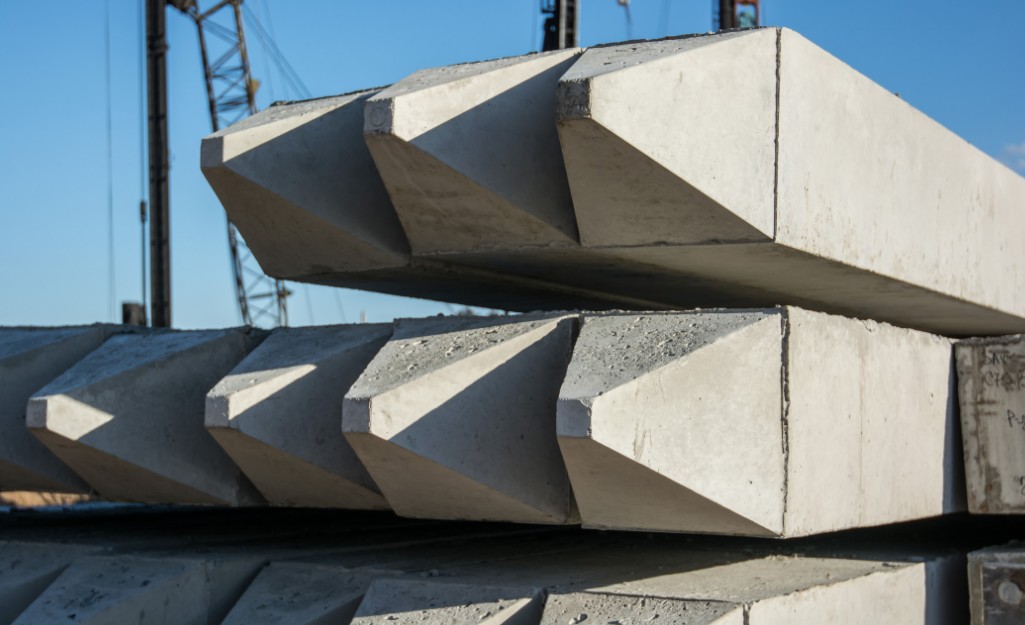
Concrete piering is similar to push and helical piering in that it adds a supporting structure underneath a foundation, but the installation process is more time consuming. Foundation repair workers need to dig a hole 20-30 feet down to bedrock for each concrete pile. A hydraulic ram cannot be used to drive the piers into places, as it would be used for steel or helical piering. This necessitates more cleanup after installation, but provides stable foundation support that does not rust.
The cost of concrete piering ranges between $20,000-30,000. Concrete piers are more cost effective, but may have limited application. For example, concrete piers cannot be installed as deep underground as steel. High water levels and frequent flooding can also stress and erode concrete piers over time. However, the added stability of concrete makes this option preferable for some locations:
- Homes underneath relatively shallow or loose load-bearing soil to balance the depth limitations of concrete
- Dryer and more temperate climates for installation and cleanup free of rain and mud
- Foundations with less ground water flowing underneath them which can cause slippage
Some concrete piers, called drilled piers, are made from mixed concrete at the job site. The mixed concrete is then poured into the holes typically meant for solid concrete. The wet concrete needs to cure for three days before the home can rest on it and repair workers can use hydraulics to fix the foundation’s level. This process can take 2-3 more weeks than the average push pier job, which could mean a 7-month repair project for the client.
Another type of concrete pier is the segmented pier, which consists of multiple cylindrical tubes bound together by a steel pipe in the middle. These are even more cost effective in comparison to full concrete piering and its metal counterparts, because they are more easily manufactured and installed.
Helical Piering

Helical piering uses a type of steel pile that has screw or “helix” shaped blades around the allowing it to delve deeper into the ground and with more precision than the traditional steel piering approach. Helical piers are twisted into the bedrock using their helical end like a corkscrew. This method is more expensive than normal steel piers but typically provides added support.
Helical pier installation requires a helical drive attachment for the hydraulic rams used to install them. This type of drive allows the ram to screw the piers deep into the ground with the same force as when installing steel push piers. Piering contractors typically own these for regular business, but contractors new to foundation piering may opt to rent them for rare or one-time jobs.
The advantages of helical piering include:
- Many possible configurations, such as horizontal or multiple layers of hydraulic pilings
- Less digging allows installation during inclement weather
- Reduced cleanup from drilling the helical piles as opposed to ramming
- Larger range of depth than standard push piers, with some reaching 28 feet without added segments
Repairing a foundation with the helical piering method usually starts at $24,000 for the average home. Each pier costs $1,500-2,500 and most foundations require 8-10 piers to repair. Additionally, the price of labor and installation ranges between $1,000-1,500 per pier. For example, a 2,000 square foot home may need nine helical piers installed to fix the sinking foundation. The average cost for both manufacturing and installing the piers would be $31,500.
Sometimes helical piers call for more depth than anticipated to support a failing foundations. Additional segments to each pier can be attached as they are drilled further into the ground, but it will cost contractors more for manufacturing.
The frequency of these circumstances are why many contractors include a depth clause in their foundation repair contracts. A depth clause stipulates that the client will be charged for every foot of piering that goes past a designated initial depth. One example is when a contractor expects to only need 25-foot helical piers, but the depth of the bedrock is 30 foot underground. A depth clause would protect the investor’s expenses by allowing them to charge the client between $20-30 per additional foot of piering.
Helical piering may be preferred over steel piering for foundations that rest on less compact load-bearing soil. If the soil is too loose to support a foundation long term, the foundation will sink again. However, helical piers provide support to these areas by packing the soil down.
Spot Piers
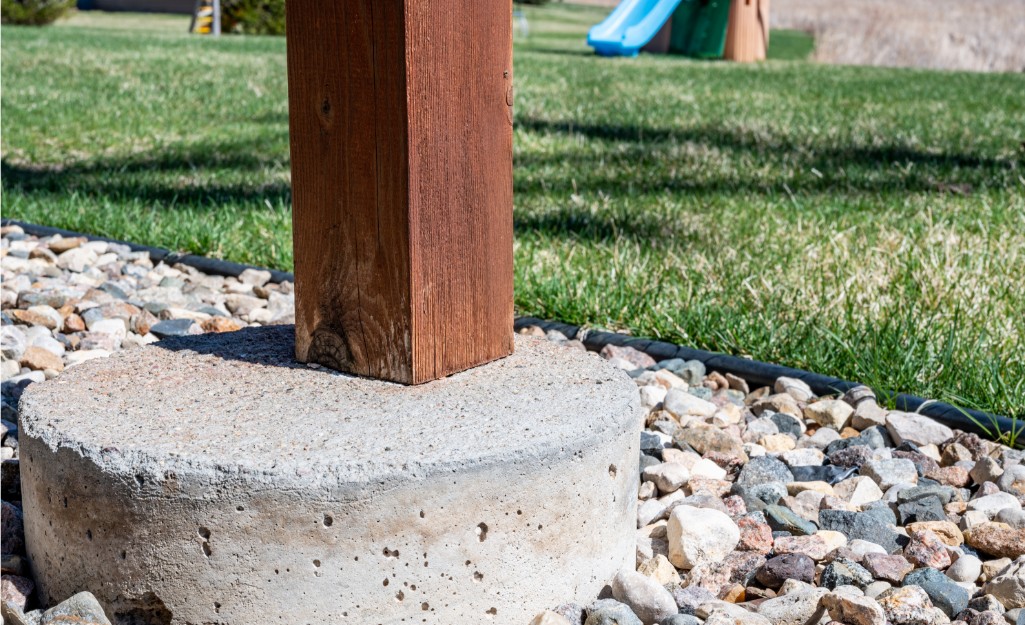
Spot piers are a smaller-scale approach to foundation repair for secondary structures, such as an attached deck, porch or patio. Large hydraulic tools are not necessary, and the process of digging holes and mixing concrete can be done by hand.
Spot piers are installed under corners and beams that support gazebos, lanais, porch awnings or concrete slab walkways that may be attached. Concrete spot piers can also be covered with wood or bricks to match the outside of the structure.
Spot piering is a less labor-intensive foundation repair option intended for smaller jobs. Contractors can take advantage of these opportunities to finish a repair without needing to hire subcontractors. Necessary materials for spot piering include:
Spot piers are one of the least expensive professional foundation repairs at an average of $1,500 per job. This is expected due to the smaller-scale of most spot piering jobs, but highlights the lower costs of labor and materials.
Polyurethane Foam Jacking
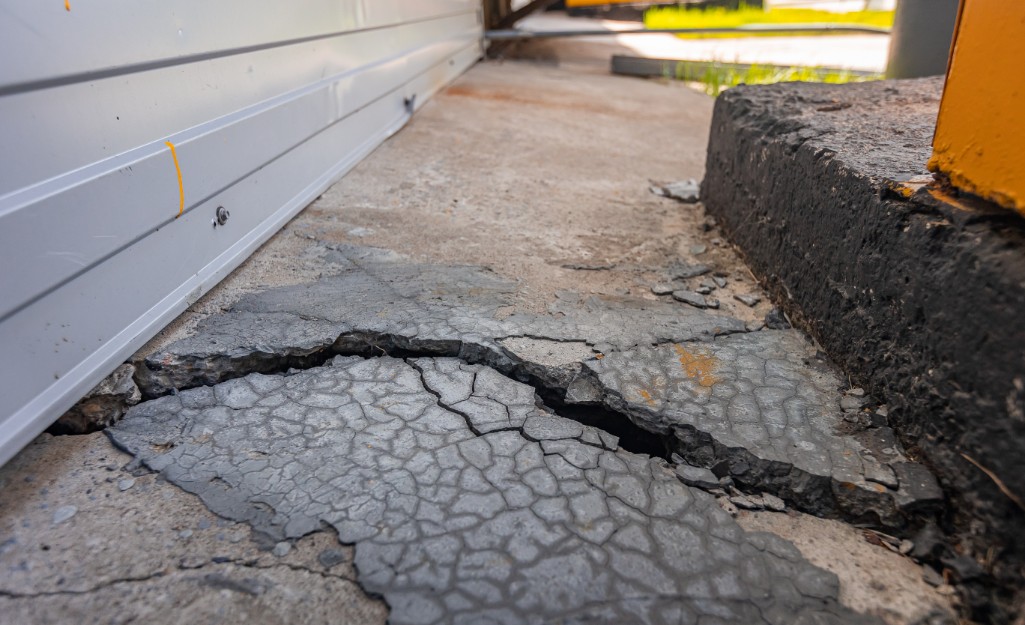
Polyurethane foam jacking, also known as polyjacking, is a less invasive repair method that uses a small drill pump to insert an expanding foam underneath sinking foundations, driveways or roads and lift them. This method is important for emergency jobs such as sinking highways, residential concrete or undisclosed foundation damage because polyurethane expands and hardens quickly. Foam jacking is best suited for the following repair jobs:
- Concrete slab foundations such as those in garages
- Sinking driveways
- Cracked concrete walls, seawalls, and steps
- Concrete patios and pool decks
Polyjacking jobs typically cost between $900 and $7,500 depending on the size of the damaged area. For example, a 3-car driveway with damage up to the first half may only cost $900. However, a multi-car driveway leading to an attached garage and walkway may reach a price of $7,500 if the damage is extensive.
Polyjacking is less expensive than piering, and in some cases may be more permanent. A polyjacked driveway could be less likely to sink in the future than a home foundation replaced with piering. This is because polyurethane foam adheres to the foundation above it as it hardens, and is hydrophobic. All types of piering are susceptible to water and erosion over time, but polyurethane foam will not sink again if water leaks into it.
Mudjacking

Mudjacking, also known as slabjacking, is a similar repair method to foam jacking, but uses a slurry of cement, topsoil and water to fill and lift foundations. The slurry cures over 48 hours and prevents water from reaching the repaired area by compressing the voids it fills with its weight. Mudjacking is still considered a useful repair method, but polyjacking has become more applicable in most cases.
Slurry is cured and dried after application to ensure it is secure and the slab or foundation has lifted properly. Dried mudjacking slurry is impermeable to water, but not indefinitely. Many mudjacking repair jobs need to be repeated as soon as 2-5 years after application. The slurry breaks down from moisture and extreme temperatures over time, and the concrete slab or foundation will eventually sink again.
Mudjacking costs start a bit higher than polyurethane foam jacking but are more cost effective for bigger projects. For example, it costs about $700 for a driveway with two concrete panels. However a full 3-car driveway repair may cost $3,200, where a similar foam jacking job may cost $7,500.
While mudjacking has been a widely accepted foundation repair solution for decades, the increasing popularity of polyjacking illustrates its superiority in most cases. Mudjacking slurry is easier to control when pumping it into concrete slabs and is more cost effective. However, the advantages of mudjacking become less clear as polyjacking technology continues to develop. Consider mudjacking when clients need an inexpensive repair quickly, but inform them that it will not last as long as other forms of foundation repair.
Masonry Patches and Sealants
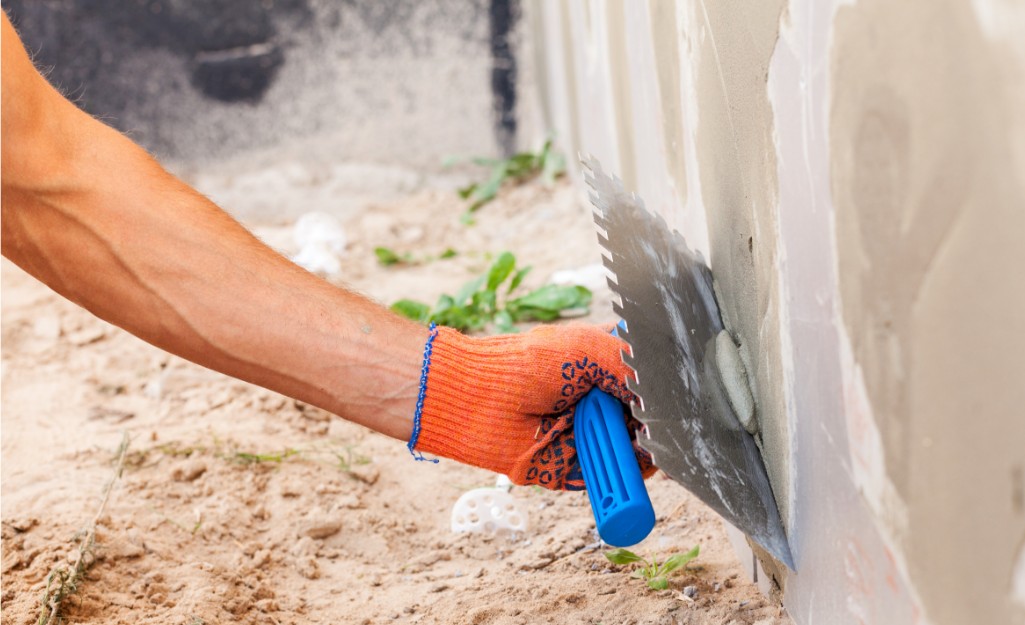
Concrete foundations with some cracks or leaks can benefit from quick fixes likes concrete patch mixes, kits and sealants. These products are made to fortify foundations with cement or vinyl resin and can prevent leaks from getting worse.
Types of masonry patches and foundation sealants include:
- Concrete patch mixes
- Hydraulic cement mix
- Concrete sealant
Vinyl concrete patches typically dry in under 24 hours. A bucket of concrete patch mix typically costs $10-20 making them the fastest and least expensive option for foundation repair. Patches are not suited for large-scale repairs, but they are perfect for fixing minor damage and preventing cracks from getting larger.
More Tools. More Products. More Perks.
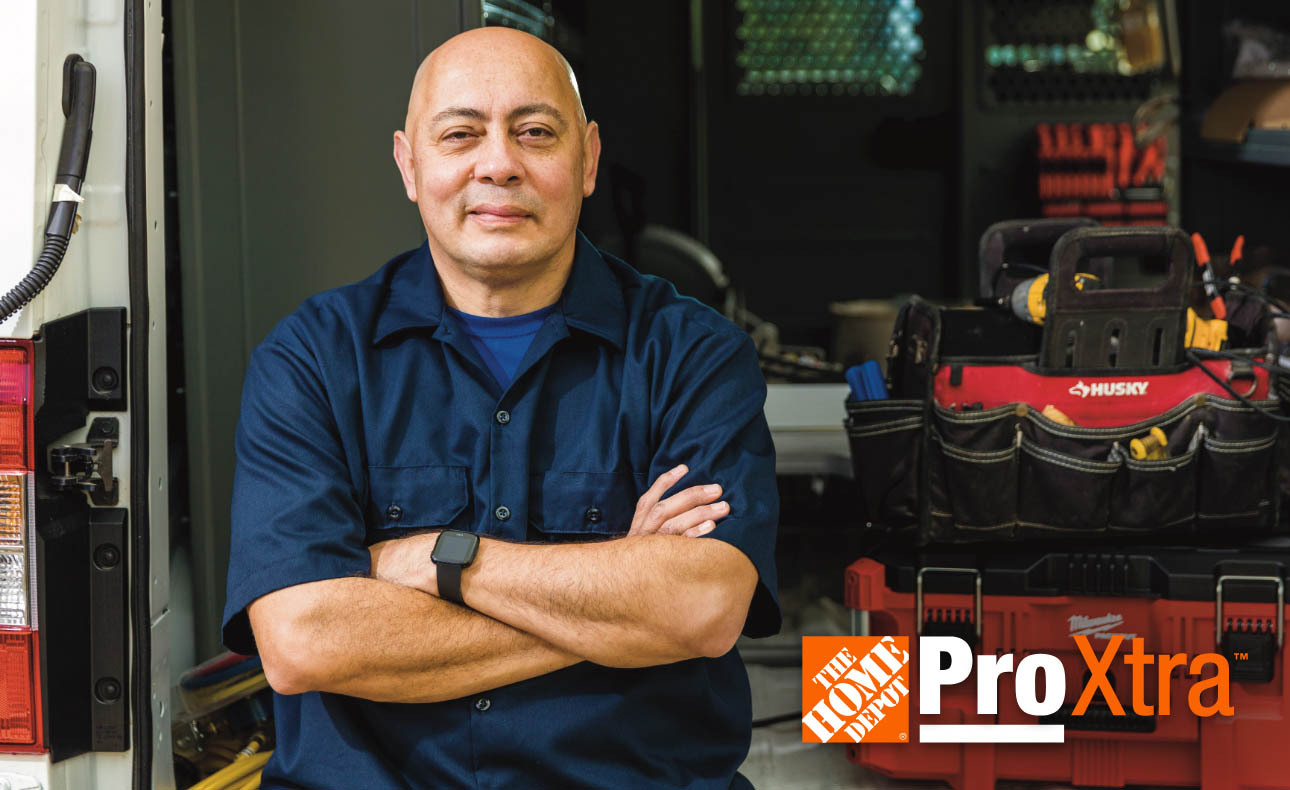
Be more competitive and boost your bottom line with Pro Xtra, The Home Depot’s free loyalty program built for Pros. Sign up today to access the enhanced Pro Online Experience, built with the online business tools and time-saving features Pros need.
Save money on large orders with the Volume Pricing Program and your free Pro Xtra account. Just assemble your project list, bring it to the Pro Desk at The Home Depot and let our Pro associates get you the lowest price possible.
